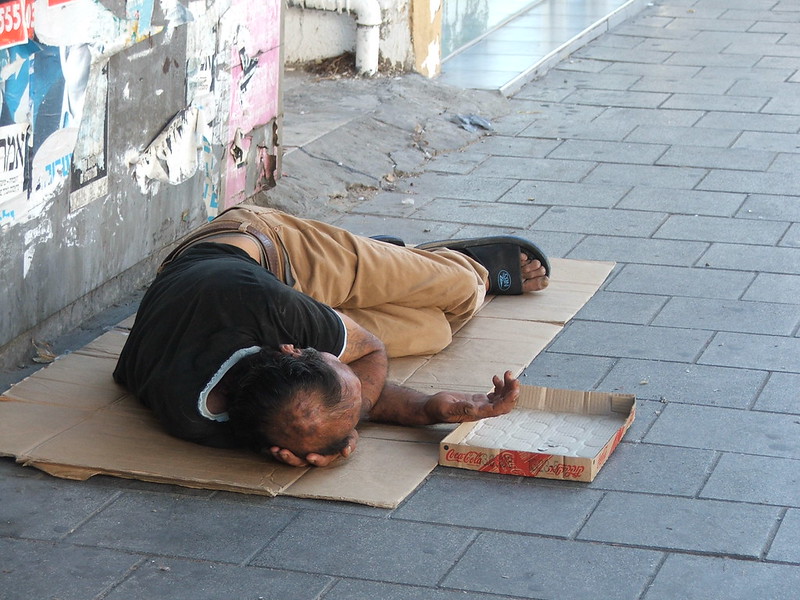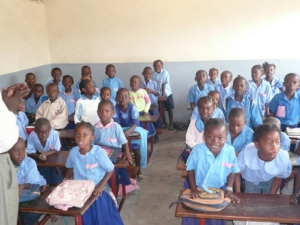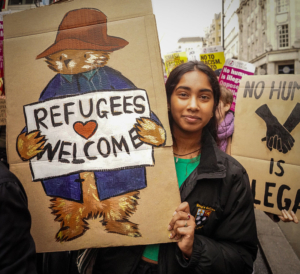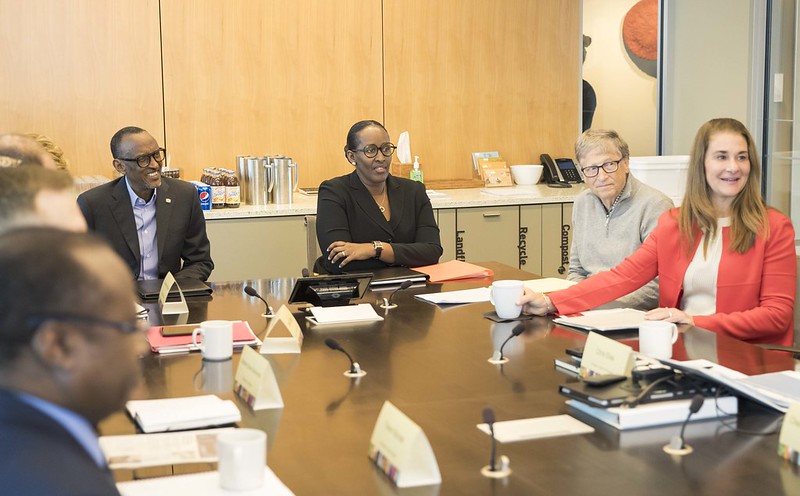 Poverty alleviation remains a core focus of global development efforts under the 2030 United Nations (U.N.) Agenda. However, questions continue to arise about the accuracy and inclusivity of the metrics that define and measure poverty—especially in the Millennium Development Goals (MDGs) legacy. Critics point to a persistent data bias in poverty metrics, which has become even more pronounced with the rise of predictive artificial intelligence (AI) and data-driven development planning.
Poverty alleviation remains a core focus of global development efforts under the 2030 United Nations (U.N.) Agenda. However, questions continue to arise about the accuracy and inclusivity of the metrics that define and measure poverty—especially in the Millennium Development Goals (MDGs) legacy. Critics point to a persistent data bias in poverty metrics, which has become even more pronounced with the rise of predictive artificial intelligence (AI) and data-driven development planning.
Overly Ambitious MDGs
The MDGs, followed by the Sustainable Development Goals (SDGs), initially aimed to achieve basic development milestones but failed to demonstrate significant progress toward sustainable development in practice. The U.N. introduced the MDGs in 2000 to address extreme global poverty.
During the early rollout of the MDGs, many observers predicted near-certain failure due to “overly ambitious goals” and “unrealistic expectations placed on aid.” Vague and sweeping targets relied on 1990 baseline levels for indicators such as child mortality and access to clean water—despite limited data availability. This reliance created a data void where estimates depended largely on guesswork. Many viewed the underlying assumption—that aid transfers alone could resolve poverty—as flawed, particularly given the global context shaped by capitalist globalization and historical exploitation.
The U.N. Independent Expert Advisory Group later criticized the MDGs for lacking sufficient data, noting that fewer than 70% of required indicators had consistent reporting in any five years. In response, the U.N. introduced the SDGs in 2015 with 231 indicators to address data gaps and improve goal tracking across development efforts.
The SDGs Data Revolution
The SDGs replaced the MDGs and marked a shift toward a more data-driven, metric-heavy development model. This approach emphasizes “big data” and quantifiable benchmarks to define and monitor progress. However, relying heavily on quantitative data presents challenges. In poverty metrics, numerical targets often distort or oversimplify the real issues. Numbers can obscure the theoretical debates that drive progress, obstructing efforts to address structural inequalities and the underlying causes of poverty.
The SDGs’ poverty eradication target continues to draw from a Eurocentric definition of poverty that emphasizes meeting basic needs. This narrow approach overlooks broader and more critical frameworks, such as feminist, racial, or decolonial theories. For instance, the focus on primary school enrollment as a proxy for educational progress ignores the need for vocational skills training and access to secondary or higher education. It also assumes that children who enroll in primary school will continue their education—an assumption that fails in contexts where girls often leave school early to become houseworkers or wives.
The data rarely reflects racial disparities in access to education—such as the disproportionate number of minority children unable to attend school. As a result, the metrics often look impressive on paper but lack practical value. These biases reinforce dominant ideologies and redefine development only in terms of poverty alleviation while failing to address its root causes.
Existing Gaps in Quantitative Data Use
Another growing concern is the increasing use of big data and AI to generate development metrics. AI models, trained on datasets mostly derived from Western countries, often replicate and amplify existing biases. These systems apply Eurocentric assumptions to global poverty issues and generate outputs that fail to capture the diverse realities of communities outside of the United States (U.S.) and Europe.
Critics argue for the need to complement big data with data ethnography and qualitative research. Semi-structured interviews and participatory research help uncover the social contexts behind data points. Without such methods, AI systems risk embedding and reproducing the same structural biases that shape current development models.
Looking Ahead
The shift from MDGs to SDGs introduced measurable targets, but the overemphasis on quantitative indicators could undermine the understanding of poverty as a complex, context-specific issue. While the MDGs struggled due to data gaps, the SDGs may now rely too heavily on numbers that fail to reflect lived experience. To build a more accurate and inclusive global development agenda, future efforts can potentially embrace a multidimensional approach—one that incorporates local knowledge, cultural context and qualitative insights.
– Autumn Joseph
Autumn is based in London, UK and focuses on Business and Global Health for The Borgen Project.
Photo: Flickr







 The United Nations Environment Programme’s latest
The United Nations Environment Programme’s latest 